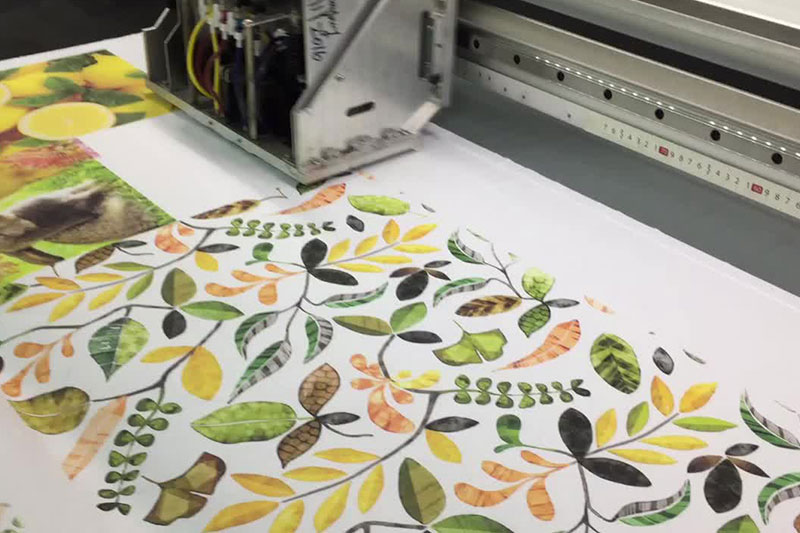4 Top Tips for Digital Textile Printing which will prove really Helpful

Digital Textile Printing is a process of printing digital based designs and images directly on fabrics using various print methods.
In case you are looking to evolve your business and plan to enter direct to garment textile printing market, in that case, you will have a few queries about the technology and the process in itself.

Let us find out more about these queries by scrolling down the blog.
For first-time textile printers:
With the new developments in direct to garment printing technology, the garment printing sector not only renders a diverse market, however also provides a very generous and profitable revenue stream to business owners.
The difference in textile printing when compared with flyers & brochures:
Direct to textile printing uses a very similar method to traditional print, but ideally, you should use 300 dpi and digital formats such as Tiff, PDF, EPS and PSD.
Most effective way to print on textiles:
It actually depends on the type of fabric. The best method for polyester textiles is sublimation transfer; however, you won’t be able to print white images or text.
With cotton products, one of the most common with customers exhibiting at trade shows, you can use pigment printing which means you can easily print white onto dark textile items.
The advantage of Digital Textile Printing over more traditional methods:
One of the most significant advantages of Digital printing is that is has a considerably shorter production method in terms of time. Moreover, when considering environmental factors digital printing saves a HUGE amount of water compared to conventional printing!
Visit Gartex Texprocess India, a leading textile and garment exhibition in India, held in Pragati Maidan, New Delhi and Jio World Convention Centre, Mumbai, and learn about the latest technology, cutting-edge equipment, materials, and services in the industry.
More News
How to Identify Authentic Indian Handloom Products?
Indian handloom products are a timeless testament to the country’s rich cultural heritage and craftsmanship. From luxurious Banarasi silks to timeless Khadi…View More
How to Start a Garment Manufacturing Business in India?
India’s textile and garment industry has always been a major contributor to the country’s economy, offering vast opportunities for entrepreneurs. With the…View More
How to Reduce Textile Waste in Garment Production?
Textile waste has become a growing concern in the garment industry, with significant environmental and economic impacts. As businesses and consumers become…View More
The Digital Transformation of Textile Production
The shift from traditional textile printing to digital fabric printing has unlocked a world of new possibilities for producers and designers alike.…View More
Recap of India’s Garment Industry in 2024: A Year of Growth and Transformation
As 2025 begins, India’s garment industry has experienced significant growth, overcoming challenges and embracing new opportunities in 2024. From technological advancements to…View More
Download
Register Now
Recent Posts
Show Countdown
DELHI
Bharat Mandapam (Pragati Maidan), New Delhi, India
- days
- Hours
- Minutes
- Seconds
MUMBAI
Jio World Convention Centre, Bandra Kurla Complex, Mumbai






